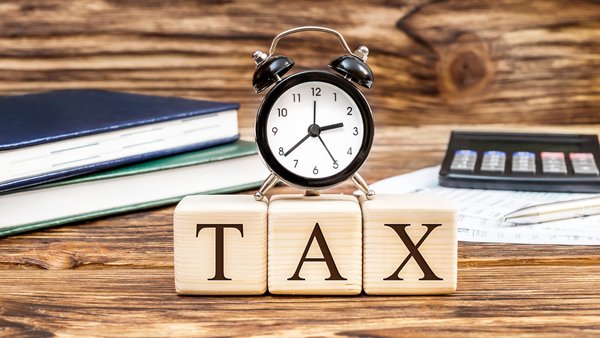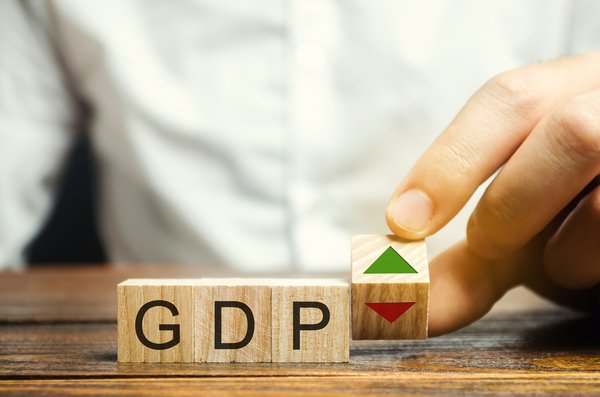Few workers receive raises in consistent percentages each and every year. It may be helpful to calculate an annual rate of growth of a salary to determine the average annual increase from one point in time to another. Calculating an annual rate of growth for your salary will allow you to compare the growth in your salary to wage trends in your industry, or to increases in your cost of living.
Below, we'll solve an example problem in which you receive two salary increases over a 10-year period and calculate a compound annual growth rate for your salary over time.

Our problem
Our problem
Let's suppose you initially earned $40,000 and received two $10,000 raises over 10 years. You would have received a 25% raise (from $40,000 to $50,000) and a 20% raise (from $50,000 to $60,000).
Over 10 years, however, the average annual rate of growth is much smaller than 20%, let alone 25%. Here's how to calculate the annual rate of growth using the example above.
Step 1. Find the percentage change in your salary
The example starts with a $40,000 salary. It is now $60,000. By dividing the current salary ($60,000) by the initial salary ($40,000), we find that the salary today is 1.5 times larger. ($60,000 ÷ $40,000 = 1.5)
Step 2. Divide one by the number of years during the period
In the example, we assumed that the raises occurred over 10 years. Thus, we divide one by 10 to get 0.10.
Step 3. Calculate the annual rate of growth
To calculate the annual rate of growth, we now need to put our two previous answers together to get to a rate of growth. We take 1.5 and raise it to the 1/10th power.
You can type this into a calculator as 1.5^0.1. The calculator will tell you that 1.5^0.1 equals 1.0414.
Step 4. Convert to percentage
We subtract one from the previous answer (1-1.0414) to get the rate of growth, or 0.0414 per year. Multiply this by 100 to get an annual rate of growth of 4.14%.
Related investing topics
Related investing topics
Why it works for anything
A calculation that works for anything
This calculation works for everything, from the rate of growth of people in your neighborhood to the rate of growth of your retirement account. In essence, it works backward to tell us the rate at which the beginning-period figure would have to grow each year to become the ending-period figure.
From the example, we learn that 50% growth in a salary over 10 years is the equivalent of a 4.14% raise every year for 10 years.
This article is part of The Motley Fool's Knowledge Center, which was created based on the collected wisdom of a fantastic community of investors. We'd love to hear your questions, thoughts, and opinions on the Knowledge Center in general or this page in particular. Your input will help us help the world invest better! Email us at [email protected]. Thanks -- and Fool on!































